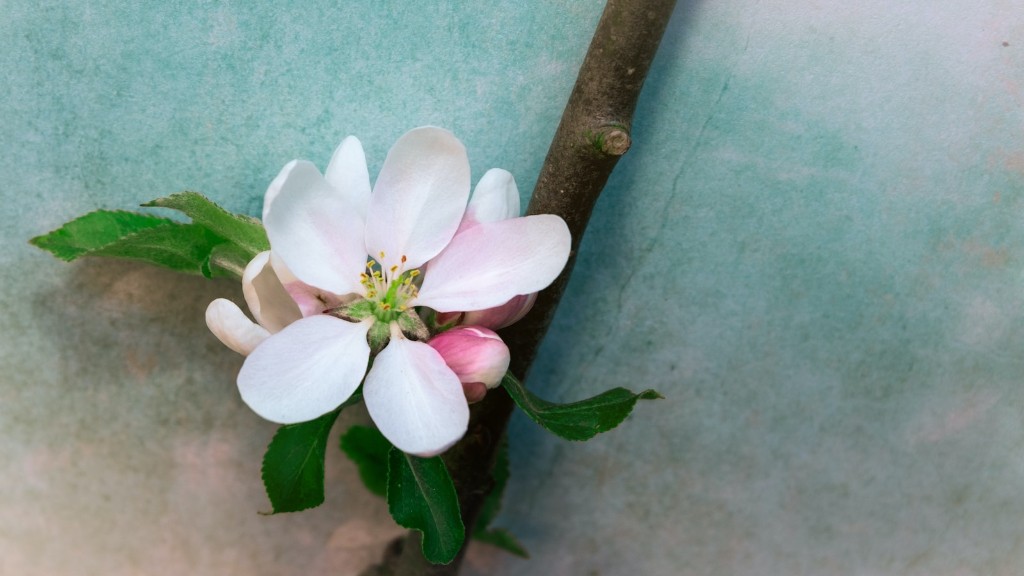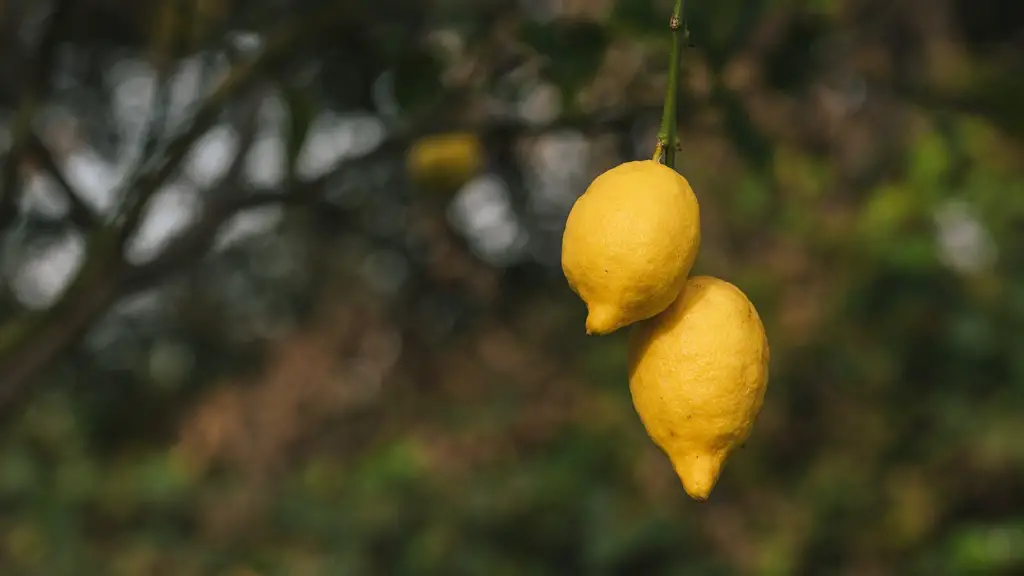Are you looking for a way to enjoy a beautiful, fragrant bloom in your garden? Growing a Japanese Cherry Tree from seed will make a wonderful addition to any outdoor space! With bright pink or white blossoms blooming on the branches, it’s almost too good to be true. In this article, we’ll explain step-by-step instructions on how to grow a Japanese Cherry Tree from seed, as well as provide some helpful tips.
Choose the Right Seeds
To get started, you’ll need to choose the right seeds for your Japanese Cherry Tree. They should come from a reputable plant supply store, or you can collect the seeds in the autumn when the fruit is ripe. Make sure to choose seeds that are brown and hard—these are the most viable options.
Soaking and Planting the Seeds
Once you’ve secured your seeds, the next step is to soak them in water overnight in a warm location. This will help hydrate the seed and prepare it for planting. After the soaking is completed, sow the seeds 1-2 cm deep in a tray or pot with fresh, moist soil. Keep the tray or pot in an area that gets plenty of sunlight and the soil moist. Be sure to water your seedlings for the first few weeks, as the soil can dry out quickly.
Transplanting to a New Pot
Once your seedlings have grown large enough, they’ll need to be transplanted to a new pot. Choose a pot that is at least 10 inches in width and 12 inches deep so that your tree has adequate room to continue to grow. Gently remove the seedlings from the original tray or pot and place them in the new pot. Don’t forget to water your newly transplanted seedlings, and make sure to soak the soil all the way to the bottom of the pot.
Taking Care of the Tree During Its Growth
Your tree will require plenty of moisture, sunshine, and air circulation during the growing period. Keep the soil moist and supply the tree with at least 6 hours of direct sunlight daily. Check the soil often to ensure the tree is getting enough water, and if the soil is dry, water it as soon as possible. In addition, use a balanced fertilizer every two weeks to keep the tree healthy. Make sure to water the fertilizer into the soil to prevent burning.
Caring for the Tree After Blossoming
Caring for the tree after blossoming is just as important as caring for it during its growth. Prune the tree when it is still young, as this will create strong branches and a fuller shape. After pruning, make sure to water the tree adequately and fertilize it as needed. You may also want to trim the buds off of the tree in late summer or early fall to encourage a fuller bloom for the next year.
Staking the Tree
Staking the tree is recommended if the tree is young and has not yet developed a strong root system. Use a durable stake and tie it securely to the trunk of the tree. Make sure the stake is tall enough to support the tree, but not so tall that it will affect the tree’s growth. If the tree is tall enough, you may not need to stake it.
Fungicide
Japanese Cherry Trees are vulnerable to fungal infections, so it is important to prevent them from happening. Before you prune, water, or fertilize, spray the tree with a fungicide to protect it against any potential fungal diseases. Make sure to follow the instructions on the fungicide and spray it thoroughly.
Apply Mulch
Applying mulch to your Japanese Cherry Tree will not only keep it healthy, but also provide protection against weeds and pests. Apply a layer of organic mulch at least three inches thick and water it regularly. This will ensure that the soil is moist and the tree is properly nourished.
Preventing Insect Infestations
Japanese Cherry Trees are susceptible to pests such as aphids, caterpillars, and scale. Inspect the tree regularly for signs of infestations, and if you do find any, treat them as soon as possible. The most common way to treat these infestations is to use an insecticidal soap or an approved chemical pesticide.
Protect the Tree During Extreme Weather
Extreme weather such as strong winds, intense drought, and heavy snowfall can be harmful to a Japanese Cherry Tree. It is important to monitor the weather and be prepared to take action when necessary. During strong winds, use stakes or sturdy supports to secure the tree and protect it from any potential damage. During a drought, make sure to keep the tree hydrated and fertilize the soil. During heavy snowfall, cover the tree with a protective cloth to keep the snow from accumulating on the branches.
Protect the Tree from Animals
The Japanese Cherry Tree is a favorite amongst many birds and animals, such as deer and rabbits. If these animals begin feasting on the young branches and leaves, it can cause damage to the tree. To prevent this, build a small fence or buy animal repellents and place them around the tree. This will keep the animals away and ensure that the tree is not affected.
Check and Replace Fertilizer
Checking and replacing the fertilizer is essential for keeping your Japanese Cherry Tree healthy. Make sure to use a neutral nitrogen-rich fertilizer such as fish emulsion or compost tea. Every two weeks, you should add a small amount of fertilizer to the soil and water it in. This will give the tree all the necessary nutrients it needs to thrive.
Protect the Tree During Winter
During the winter months, your Japanese Cherry Tree may suffer from the cold weather. To protect it, wrap it in burlap and secure it with stakes. This will act as a buffer from any incoming frost. In addition, make sure to water the soil often to prevent it from drying out.



